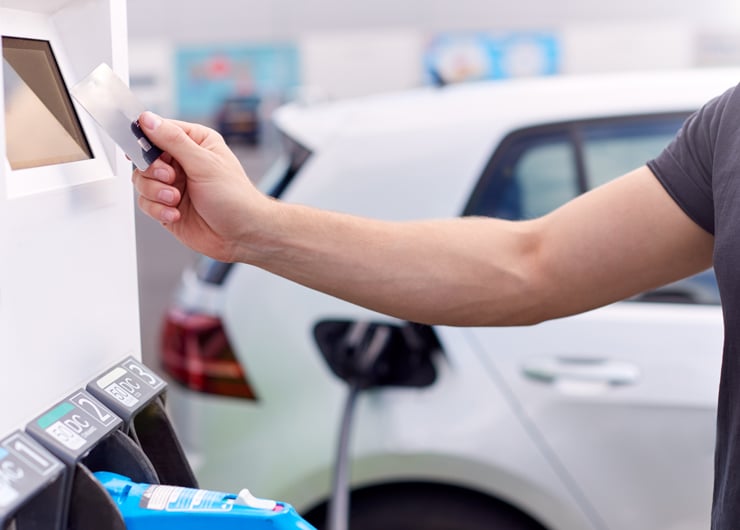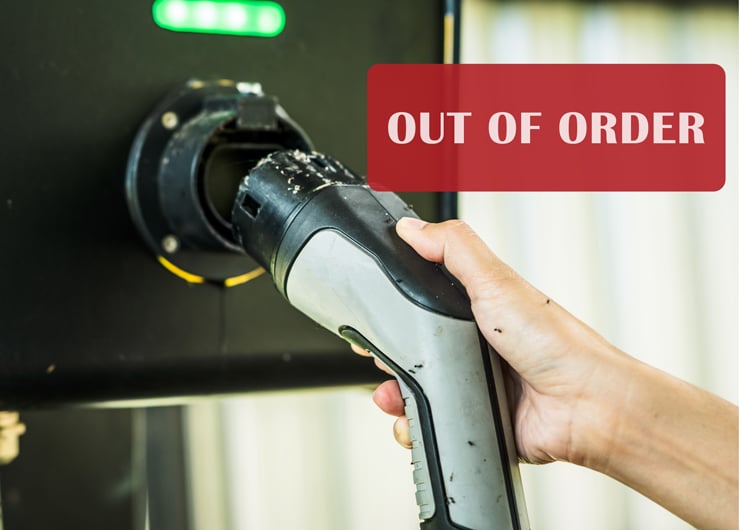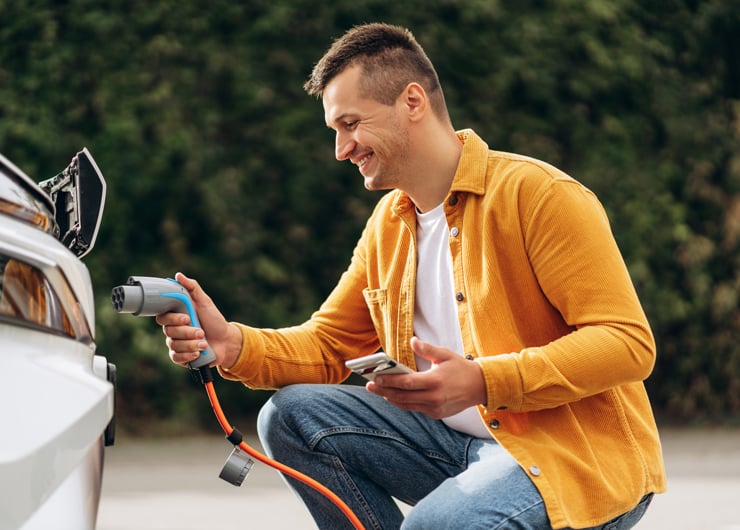The number‑one frustration for EV drivers is unreliable or out‑of‑order chargers. The moment that matters the most, is the first tap: authorise, connect, charge.
For Charge Point Operators (CPOs), delivering that moment consistently comes down to one thing: resilient connectivity. This World EV Day, we’re focusing on keeping chargers online - so EV drivers feel positively charged, not enraged.
Top 3 takeaways for CPOs on EV charging uptime & connectivity
- Design for resilience: use multi‑network access plus eSIM with remote SIM provisioning so each site can use the best signal today and you can switch profiles at scale tomorrow.
- Operate as one network: keep user traffic secure and private, enable safe remote management for engineers, and use a single platform for fleet‑wide visibility.
- Choose a partner you can trust: look for deep, multi‑network coverage, profile agility via eSIM and a management platform your ops team will actually use.
The moment of truth at the charger

An EV driver’s experience comes down to the first few seconds. Payment needs to authorise, the charger needs to talk to your platform and the session needs to start without fuss. If that sequence fails, the driver doesn’t blame the signal or software; they blame the brand on the charger. Uptime is not just a metric - it is your reputation and future growth at stake.
Why uptime equals brand and revenue
When charge points work first time, drivers return and recommend. When they don’t, social posts, support tickets and lost sessions follow. It is estimated that up to 35% of issues experienced by drivers are connectivity or communications related. Even small pockets of downtime add up quickly across an estate with hundreds or thousands of charge points. Maximum uptime keeps utilisation high, reduces customer service load and protects your brand on apps and maps.
In the UK, the Public Charge Point Regulations 2023 make this even more pressing as they require a minimum 99% reliability across each operator’s rapid charging network. That means uptime is not only about customer experience and brand reputation but also a compliance requirement that operators must demonstrate and report against.
What gets in the way

Charge points are deployed in all kinds of locations - rural settings, multi‑storey car parks, basements and no single mobile network is perfect everywhere. Installations differ. Firmware updates can go wrong. Security rules can block access you need. The reality is messy, and that’s exactly why a well-considered connectivity strategy matters.
What reliable connectivity looks like
Reach everywhere. Give each site access to more than one mobile network so it can attach to the strongest signal available locally.
Stay flexible. Use eSIM with remote provisioning so you can change network profiles as conditions or commercial needs change - without sending an engineer.
Fail gracefully. Build in automatic fallbacks so a device can switch path when signal drops and make it easy to reboot or recover remotely.
Keep it safe. Route traffic privately, limit what’s exposed to the public internet and use certificates so engineers have secure access when they need it.
See the whole estate. Use a single platform to view SIMs, usage and alerts, and to diagnose issues quickly. If you can’t see it, you can’t fix it.
But reliable connectivity is about more than just a SIM. Every site is different – some will require 4G hardware and high-gain antennas to capture a stronger signal, others may face challenges with cellular coverage altogether. In those cases, satellite solutions can provide the necessary backup. Thinking about the bigger picture means designing connectivity that works at scale, across the whole estate.
A quick word on cost
Connectivity should reduce total cost of ownership, not increase it. Right‑size data plans as utilisation shifts, cap unusual spikes caused by software loops and avoid unnecessary site visits by solving issues remotely. The cheapest SIM is rarely the lowest‑cost option.
Choosing a partner you can trust

Look for a partner who treats connectivity like part of your product, not just a tariff. They should provide deep coverage with access to multiple networks in each country, the ability to switch profiles at scale, an IoT‑first core that keeps traffic private and predictable and a management platform that you will actually use.
The right partner should also bring expertise and flexibility – able to advise on bespoke setups, whether that means adding hardware, antennas or satellite backup. Connectivity is not one-size-fits-all, and CPOs need guidance as much as they need SIMs.
Crucially, a partner who understands both CPO operations and the latest OCPP standards (the open protocols that enable chargers and back-office systems to speak the same language) brings real value. With OCPP 2.1 delivering advanced security, smart charging and vehicle-to-grid readiness, the right partner can quickly detect and resolve protocol-level issues - keeping charge points online and drivers satisfied.
Where Wireless Logic fits
Wireless Logic works with CPOs to keep chargers online. We offer access to hundreds of networks worldwide, eSIM with remote provisioning so estates stay flexible, private routing for secure operations and a single platform to monitor and manage connectivity at scale. Security is built in at every layer of our IoT connectivity helping protect both your charger network and your drivers’ experience.
World EV Day: a simple pledge
On 9 September, make a practical commitment: design for maximum uptime so every charging session starts reliably. Build the connectivity once, build it right, and keep chargers delivering power when drivers need it most.
Happy World EV Day.






